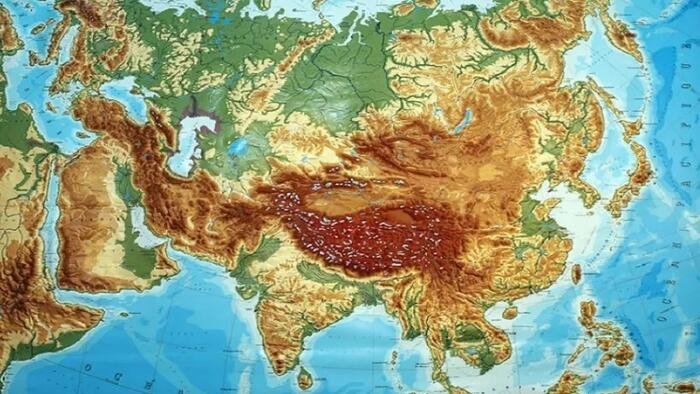Authored by Andrew Korybko via Substack,
US-backed NATO, Pakistan, and the “Asian/Containment Crescent” of Japan, Taiwan, and the Philippines are positioned to confront Russia, India, and China throughout this century.
The US is sending conflicting messages about the Sino-Russo Entente, especially after Trump’s recent comments and Secretary of War Pete Hegseth’s orders. The evolving dynamics in Eurasia, particularly involving India’s engagement with China, have significant implications for global geopolitics.
Despite the complexities of their relationships, Russia, India, and China are increasingly aligning through the RIC format, which forms the core of BRICS and the SCO. These developments are reshaping global governance and challenging traditional power structures.
The Pentagon’s strategy to counter these multipolar processes involves provoking arms races and enhancing military buildups in key regions. However, these tactics could backfire and strengthen the military coordination between Russia and China.
While China has refrained from providing military-technical aid to Russia, recent developments may prompt a shift in their approach. Russia’s willingness to share advanced military knowledge with China could further complicate the strategic landscape in Asia.
The evolving military dynamics in the region could lead to a security dilemma between the Eurasian Rimland and the Eurasian Heartland, orchestrated by the US to maintain hegemony. This power play will shape Eurasia’s geopolitics in the 21st century.
Loading recommendations…

